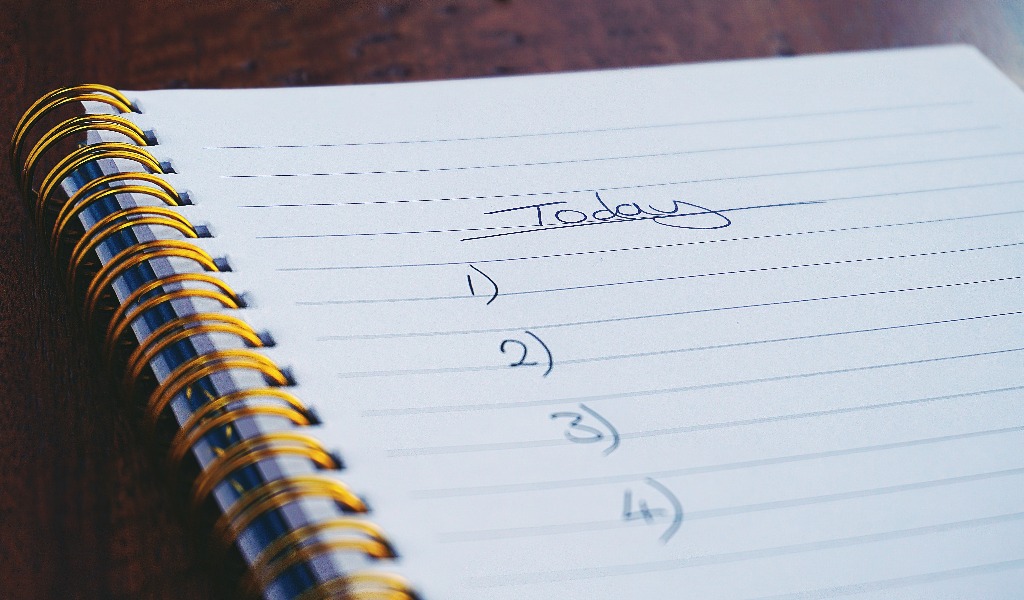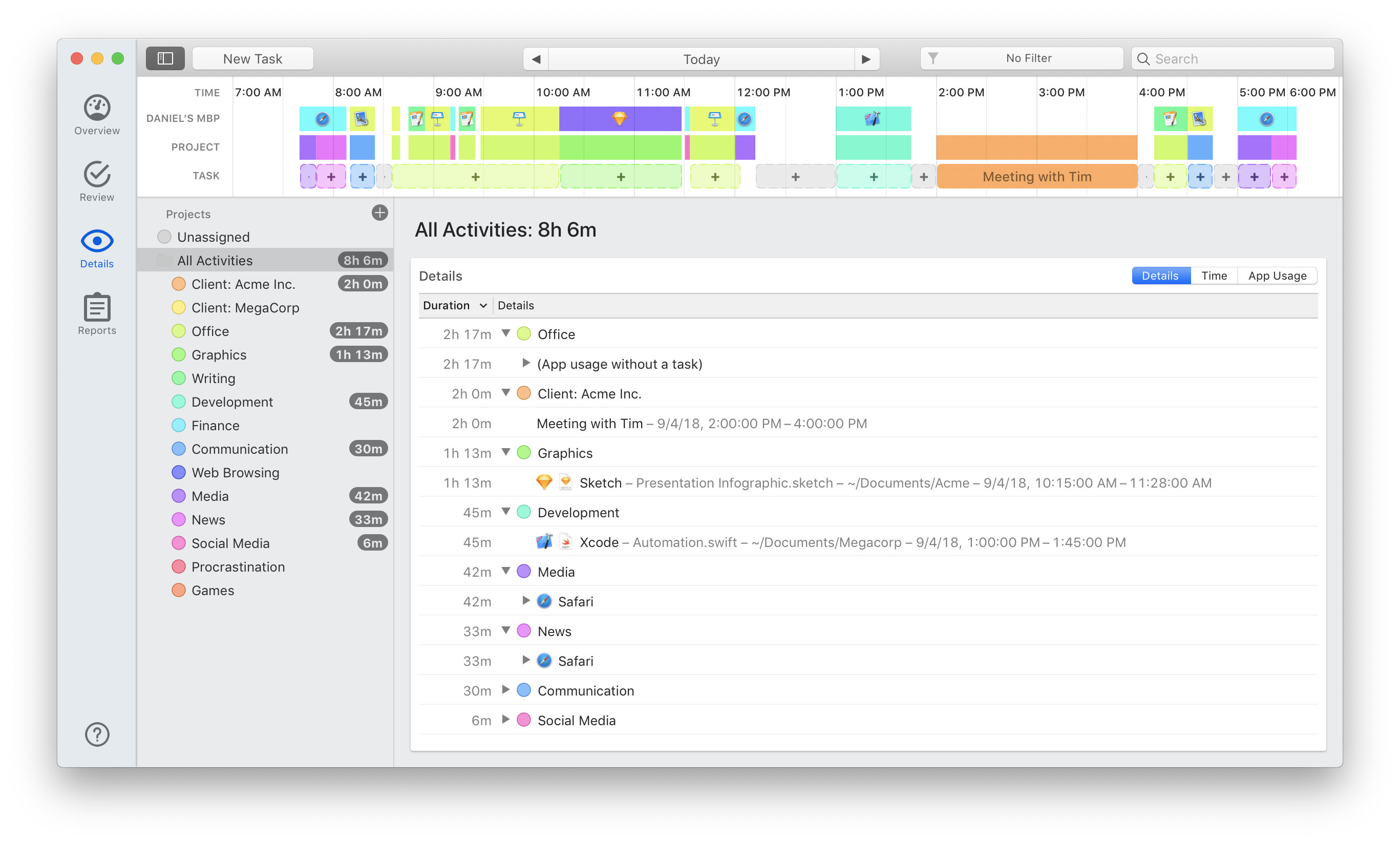The Secret of the World’s Most Productive People: Make a Plan and Stick To It

“Give me six hours to chop down a tree and I will spend the first four sharpening the axe.” That’s what Abraham Lincoln said, anyway. According to American history, he achieved quite a bit in his tenure as the 16th American president. What was Abe’s secret? Making a plan – or in this case, preparing an axe. (If you’re interested, you can also take a look at another historical superhero of productivity – Ben Franklin, according to productivity influencer Thomas Frank).
Your plan helps you slay your goals – and become a champion at productivity. Share on XYour plan for the day (or week, month, year) is truly the axe that helps you chop down the tree in front of you – whether that’s a monumental project, new business launch, or just a freakishly long To-Do list.
- Your plan forces you to be hyper-focused and ruthlessly diligent.
- Your plan keeps your eyes on the target.
- Your plan helps you slay your goals – and become a champion at productivity.
Abe knew the secret sauce. The secret sauce is in the preparation.
In the following article, we’ll talk about the secret of the world’s most productive people – making a plan and sticking to it.
Discipline is key.
You can bet that super-powered entrepreneurs like Elon Musk and media moguls like Oprah Winfrey didn’t get to where they’re at now by allowing distractions to dictate their days.
They built businesses and empires through strategic and disciplined planning.
– Oprah sets personal deadlines and refuses to back down from them.
– Slack Founder Cal Henderson checks his email only once daily – refusing to allow his inbox to keep him from more important tasks.
– And Steve Jobs was ruthless about prioritization, due in part to his overall minimalist approach to life.
According to productivity expert Matt East, “Fundamental principles drive high-performance and productivity much more than we think and something as simple as making a plan and sticking to it is a perfect example of this. It’s almost impossible to focus on the projects, activities, and relationships that are most important and meaningful to you each day without a plan. If you want to execute at the highest level possible, you need a plan and you need to see it through.”
The bottom line? Discipline is foundational to being productive.
Make a plan.
Now, for the bread-and-butter of your productivity strategy: making a plan.
Ideally, your plan should take into account both your short-term and long-term goals. It should focus on priorities (As productivity influencer Chris Bailey says, “Not all tasks in your work are created equal.”) Your plan should realistically assess your available time, leverage your ideal working hours, and leave some room for short breaks and meals (you can also check out our article on micro-scheduling).
Finally, your plan should strike a balance between setting realistic deadlines and driving hard toward maximum productivity.
Here are a couple strategies for making a plan:
Set short-term goals.
Short-term goals are your daily To Do’s that are absolutely non-negotiable.
That means that only under very rare circumstances will you abdicate your responsibility to finishing these tasks. They’re your “bulls-eye” and finishing them each day will leave you feeling accomplished and on top of the ball.

Your short-term goals may look like 2-3 larger projects with 1-2 smaller administrative tasks, or one large project with a series of administrative tasks. In any case, you’ll want to take time each week to set goals for the next week, or if it works better for you, do this on a day-to-day basis.
Ultimately, staying true to these short-term tasks will ultimately help you achieve long-term success.
Plan long-term benchmarks.
In making a plan for daily success, don’t forget about factoring in your long-term goals. These may be larger professional growth pieces, or projects that will help you with business development. In any case, you’ll want to keep these in mind when planning your day-to-day.
For example, if you dream of learning to code or starting a side hustle, you’ll never reach those goals without creating time and space for them on a daily (or weekly) basis.
Stay accountable to your plan.
If you make a list of goals but you can’t stay accountable to it, your list just gets longer…and your tasks stay untouched.
That’s where the second part of “the secret” is so critical – sticking to your plan.
Here’s how to use Timing to stay accountable to your plan:
End-of-day review.
One of the most powerful aspects of Timing is that you get a helpful visual overview of your timing usage at the end of each day. Here’s how we suggest an end-of-day review that helps you to learn to stay accountable to your plan.
1. Check your productivity score.
In your “Stats” tab, you’ll find a “productivity score” that helps you assess how well you used your time. You can view this in two different ways – in an overall score on the left side of your dashboard, and in the bar graph on the right side of your dashboard (adjust settings to productivity score), where you’ll see how productive you were per hour.
This gives you a good starting point for understanding why (or why not) you finished your daily goals.
2. Review your timeline.
Next, go to your “Activities” tab, where you’ll find a breakdown of how many hours and minutes you spent on various clients and projects (given that you’ve created project categories). This should give you a good idea of how well you siloed your time for goals. For example, if you spent 4 hours on a particular project – when you anticipated it would take 2 – how did that impact the remainder of your goals?

Set a timer.
At Timing, we appreciate the beauty of automated, automatic time-tracking that doesn’t require you to manually set a timer.
That being the case, setting a timer can be an intentional way to stay on task. To do so in Timing, simply use the Menu’s Start/Stop feature.
Schedule your To-Do items.
To effectively stick to your plan, you’ll have to actually schedule your To-Do items – both long- and short-term. Doing so keeps you focused in order to remain on schedule.
Here at Timing, we’re big fans of calendar apps – and luckily, you can sync your calendar app with Timing.
The result?
A timeline (found in your “Activities” tab) that you can use to continually check in on your progress, stay organized, and ruthlessly meet your deadlines (just like Oprah!).
To schedule your To-Do items on Timing, you can create calendar events on your Mac (or iPhone). Integrate your calendar to Timing to produce a synced, efficient timeline you can use to stay organized on a daily basis.
A Final Note: Don’t Forget to Take a Break
Maxing out your productivity using the strategies above can help you get more work done, faster. It can ultimately increase your earning potential and income. It can even give you peace of mind, knowing you’ve designed a strategy to help you stay organized and focused on a day-to-day basis.
In the pursuit of greater productivity, however, don’t forget about self-care and balance. Schedule breaks into your day, create space to rest and have fun, and when you don’t meet your goals, be patient with yourself and try again tomorrow!
If you’d like to see how Timing can help you boost your productivity and achieve balance, click here for a free 14-day trial.
